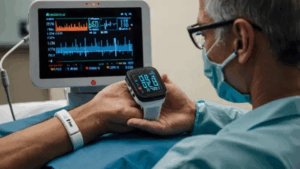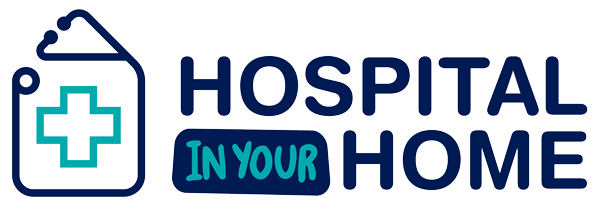
Exploring RPM’s Role in Chronic Disease Prevention
Chronic diseases like diabetes, hypertension, and heart disease are a major public health burden, impacting millions and accounting for a significant portion of healthcare expenditures. While traditional healthcare often focuses on managing these conditions once they’ve developed, Remote Patient Monitoring (RPM) is increasingly recognized for its powerful role in prevention – by enabling early detection, proactive intervention, and fostering healthier habits.
The key to preventing chronic disease lies in identifying risk factors and subtle physiological changes before they manifest as full-blown conditions. RPM, with its ability to collect continuous, real-time health data from patients in their everyday lives, is uniquely positioned to achieve this.
How RPM contributes to chronic disease prevention:
- Early Risk Factor Identification: RPM devices can continuously monitor vital signs, activity levels, sleep patterns, and other biometric data. Deviations from personalized baselines can signal emerging risks, such as consistently elevated blood pressure trending towards hypertension, or fluctuating blood glucose levels indicating pre-diabetes.
- Proactive Lifestyle Interventions: When potential issues are identified early, healthcare providers can intervene with targeted lifestyle recommendations, such as dietary changes, increased physical activity, or stress management techniques. This proactive coaching can help individuals reverse pre-conditions and prevent disease onset.
- Enhanced Patient Engagement and Education: RPM empowers patients by providing them with real-time insights into their own health data. This direct feedback can motivate individuals to make healthier choices and adhere to preventive strategies. Educational modules delivered through RPM platforms can also inform patients about their specific risks and how to mitigate them.
- Longitudinal Data for Trend Analysis: The continuous stream of data from RPM allows for longitudinal analysis, helping identify long-term trends and patterns that might indicate a slow progression towards a chronic condition. This comprehensive view is often missing in episodic in-person visits.
- Reduced Burden on Healthcare System: By preventing chronic diseases, RPM can significantly reduce the long-term burden on healthcare systems, leading to fewer hospitalizations, emergency room visits, and complex treatments down the line.
In essence, RPM shifts the focus from treating illness to maintaining wellness, offering a powerful tool for individuals and healthcare providers to work together in building healthier futures and significantly impacting chronic disease prevention.
Sources:
- Healthmote: “How RPM is Revolutionizing Chronic Disease Management” https://healthmote.com/how-rpm-is-revolutionizing-chronic-disease-management/ (Accessed July 19, 2025)
- TriageLogic: “Remote patient monitoring benefits for chronic disease management” https://triagelogic.com/remote-patient-monitoring-benefits-for-chronic-disease-management/ (Accessed July 19, 2025)
- Health Recovery Solutions: “The Top 13 Benefits of Remote Patient Monitoring” https://www.healthrecoverysolutions.com/blog/the-top-13-benefits-of-remote-patient-monitoring (Accessed July 19, 2025)
